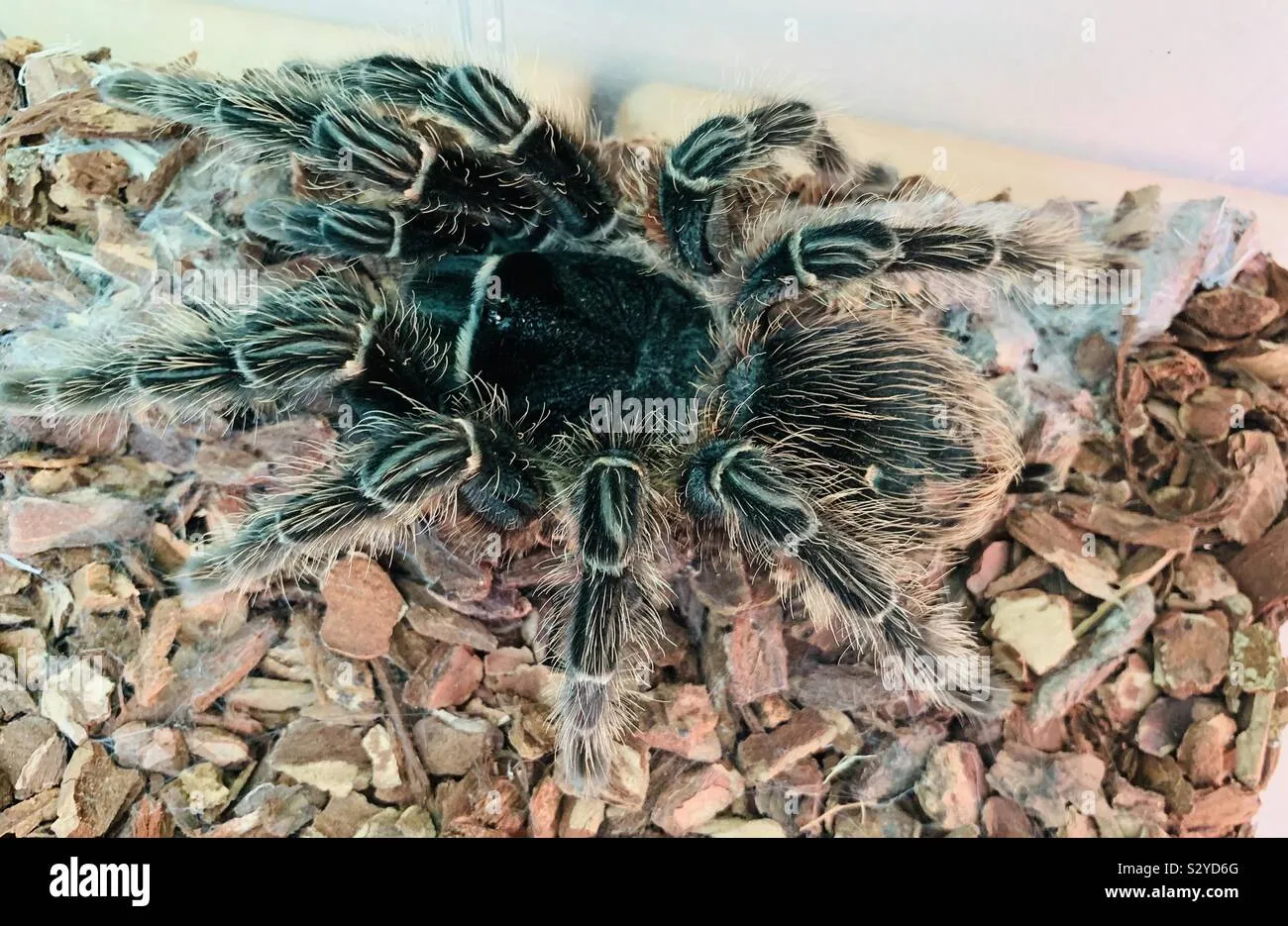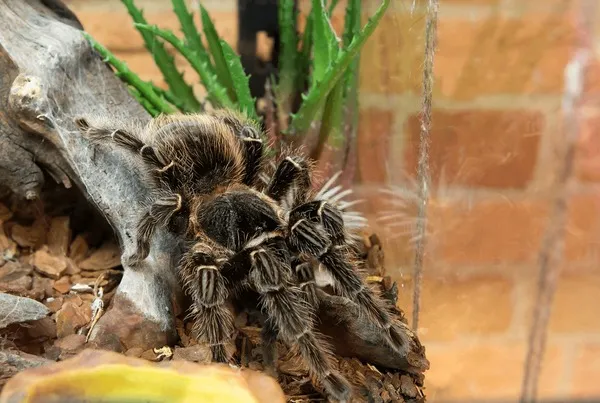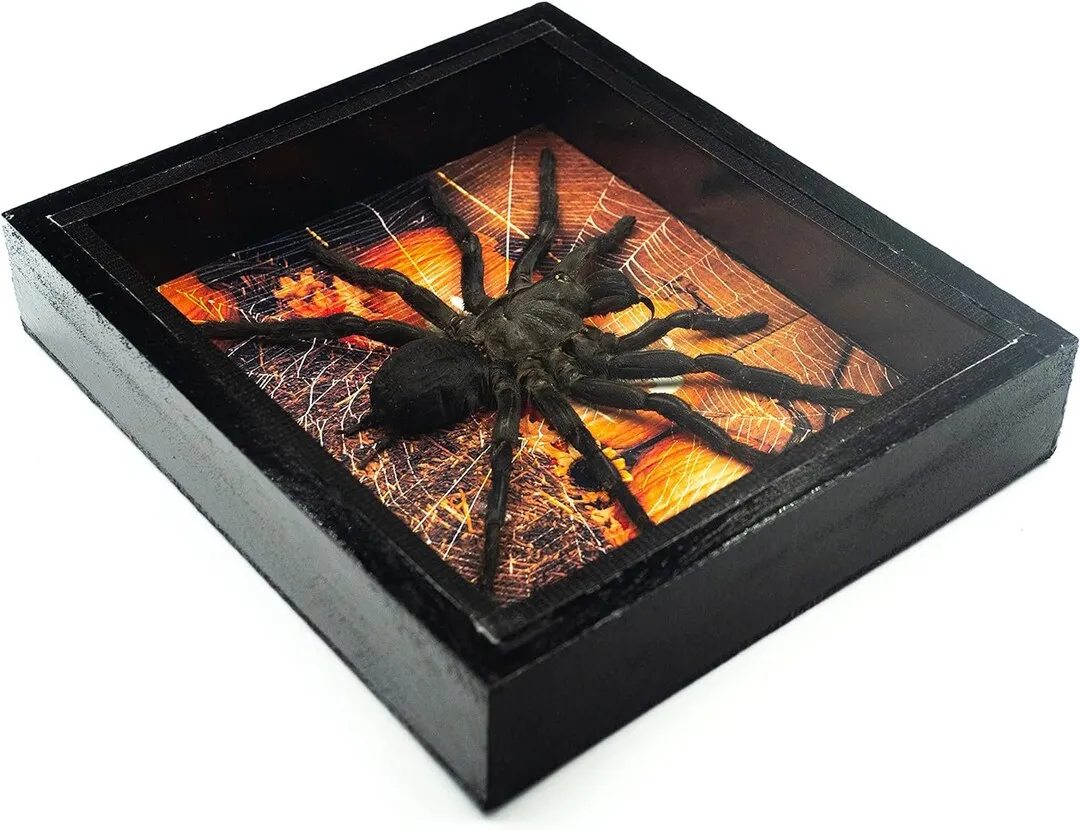What is a Bird-Eating Tarantula?
Bird-eating tarantulas, despite their name, rarely consume birds in the wild. These impressive arachnids, belonging to the Theraphosidae family, are among the largest spiders in the world, boasting leg spans that can exceed 10 inches. Originating primarily from South America, these spiders are known for their imposing size, intriguing behavior, and relatively docile nature, which makes them a popular choice among experienced tarantula keepers. The term “bird-eating” comes from early explorers who observed them consuming small birds, although their diet primarily consists of insects, and occasionally small vertebrates like lizards and rodents in their natural habitat. Understanding their natural environment and needs is crucial to assess the cost of caring for one as a pet.
Habitat and Housing for your Tarantula
Setting up a proper habitat is a significant factor in determining the overall cost of keeping a bird-eating tarantula. The enclosure should be appropriately sized to accommodate the spider’s adult size. A juvenile tarantula can start in a smaller enclosure, but as it grows, it will need to be upgraded. A glass or acrylic terrarium is often preferred, offering good visibility and ease of maintenance. The substrate is another important cost factor. It should mimic the tarantula’s natural environment, often including a mix of coconut fiber, peat moss, and sphagnum moss. This provides humidity and allows the tarantula to burrow. Adding decorations like cork bark, artificial plants, and a water dish provides enrichment and a place for the tarantula to hide. Regular replacement of substrate and cleaning of the enclosure are necessary for maintaining a healthy environment, which adds to the ongoing costs of ownership. These costs vary depending on the size and type of enclosure chosen.
Cost of the Tarantula Itself

The initial cost of the bird-eating tarantula varies widely depending on several factors, including the species, age, size, and origin of the spider. Some species are more common and therefore less expensive than rarer ones. Spiderlings, or young tarantulas, are usually less expensive than adult specimens. The breeder’s reputation and the spider’s health also influence the price. Buying from a reputable breeder ensures that you receive a healthy tarantula and reduces the risk of acquiring a spider with health problems. The species selection has a big impact on costs, for example the cost of a Pinktoe tarantula will be less than a Goliath Birdeater, a very popular species that can be expensive depending on age and sex. Do your research to estimate the price range of species you find interesting.
Cost of the Habitat Setup
The initial setup of the habitat, including the enclosure, substrate, decorations, and other necessary items, will contribute significantly to the overall cost. A suitable enclosure, whether glass or acrylic, can range in price depending on size and quality. Substrate, such as coconut fiber or peat moss, will need to be purchased in bulk to ensure you have an adequate supply for both the initial setup and future changes. Decorations like cork bark, artificial plants, and hiding places add to the aesthetic appeal and provide enrichment for the tarantula. You’ll need items such as a water dish, a heat source (if necessary), and a hygrometer and thermometer to monitor the environment’s temperature and humidity levels. These items, although a one-time purchase, can vary significantly in cost, depending on the size and features chosen. Research different brands and suppliers to find the best deals on high-quality equipment to minimize the environmental stress on your bird-eating tarantula.
Food and Feeding Costs
The cost of feeding a bird-eating tarantula will be an ongoing expense. The primary diet of a bird-eating tarantula consists of insects such as crickets, mealworms, and roaches. The size and frequency of feeding depend on the spider’s age and size. Spiderlings require more frequent feeding than adults. These insects must be purchased regularly, and the cost can add up over time. Consider purchasing live insects from a pet store or a reputable online supplier. For larger tarantulas, occasional supplemental food, such as small rodents, might be offered, increasing the food costs. Supplementing the food with vitamins and minerals, while optional, can improve the health and lifespan of your tarantula, which also adds to the cost.
Ongoing Maintenance Expenses

Beyond the initial setup and feeding, there are ongoing costs associated with maintaining a bird-eating tarantula. These include regular replacement of the substrate, which helps maintain a clean and healthy environment for the tarantula, and must be done to prevent the build-up of waste. The enclosure needs to be cleaned regularly to remove any uneaten food or waste. Additional costs may include replacing any worn-out decorations or items, such as water dishes. Also, the cost of any necessary veterinary care is another potential expense, although tarantulas are generally hardy creatures and usually don’t require frequent veterinary visits. Monitoring temperature and humidity, plus addressing any health issues, will determine how much the cost of the maintenance will be.
Total Cost of Ownership
The total cost of owning a bird-eating tarantula is a combination of the initial setup costs, the price of the spider itself, and the ongoing maintenance expenses. The overall cost can vary significantly based on the species, the size of the tarantula, the quality of the equipment, and the source of supplies. Understanding the factors influencing the cost helps prospective owners make informed decisions and budget accordingly. While the initial investment might seem high, the ongoing maintenance is relatively low compared to other pets, but it is important to factor in all potential costs before bringing a bird-eating tarantula into your home. Careful planning and research can help ensure that the hobby of keeping these fascinating creatures is both enjoyable and financially manageable. Moreover, it’s crucial to be committed to providing the best care to the tarantula, which will influence its health and longevity.
